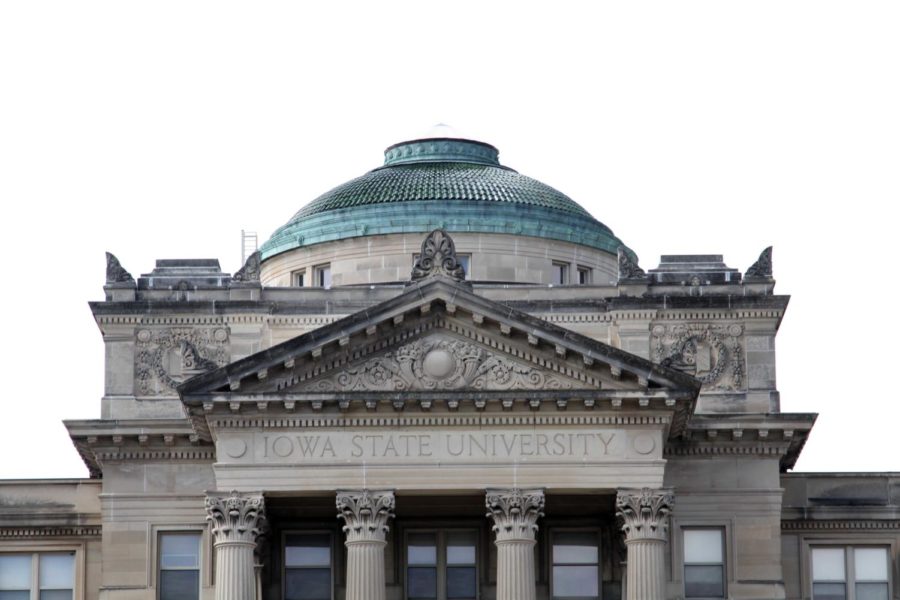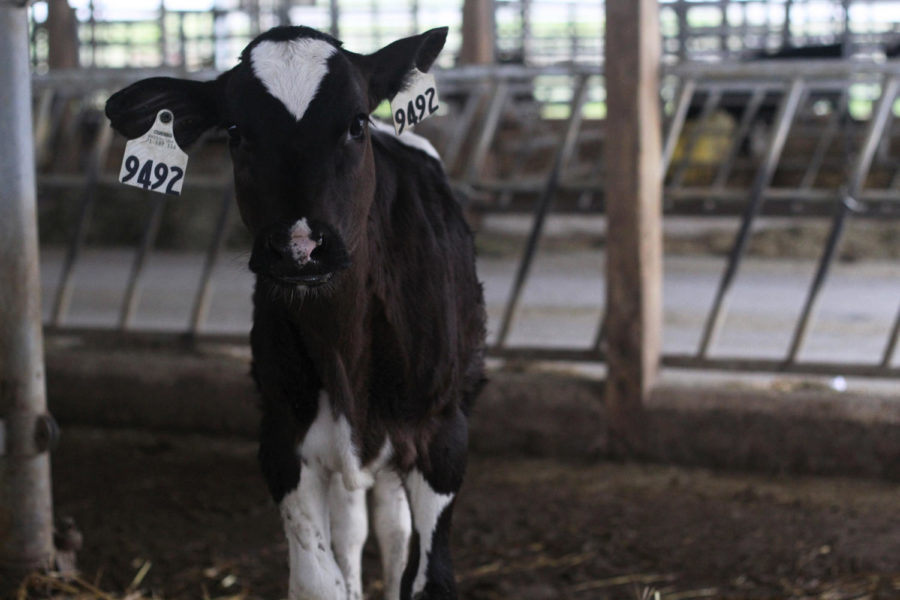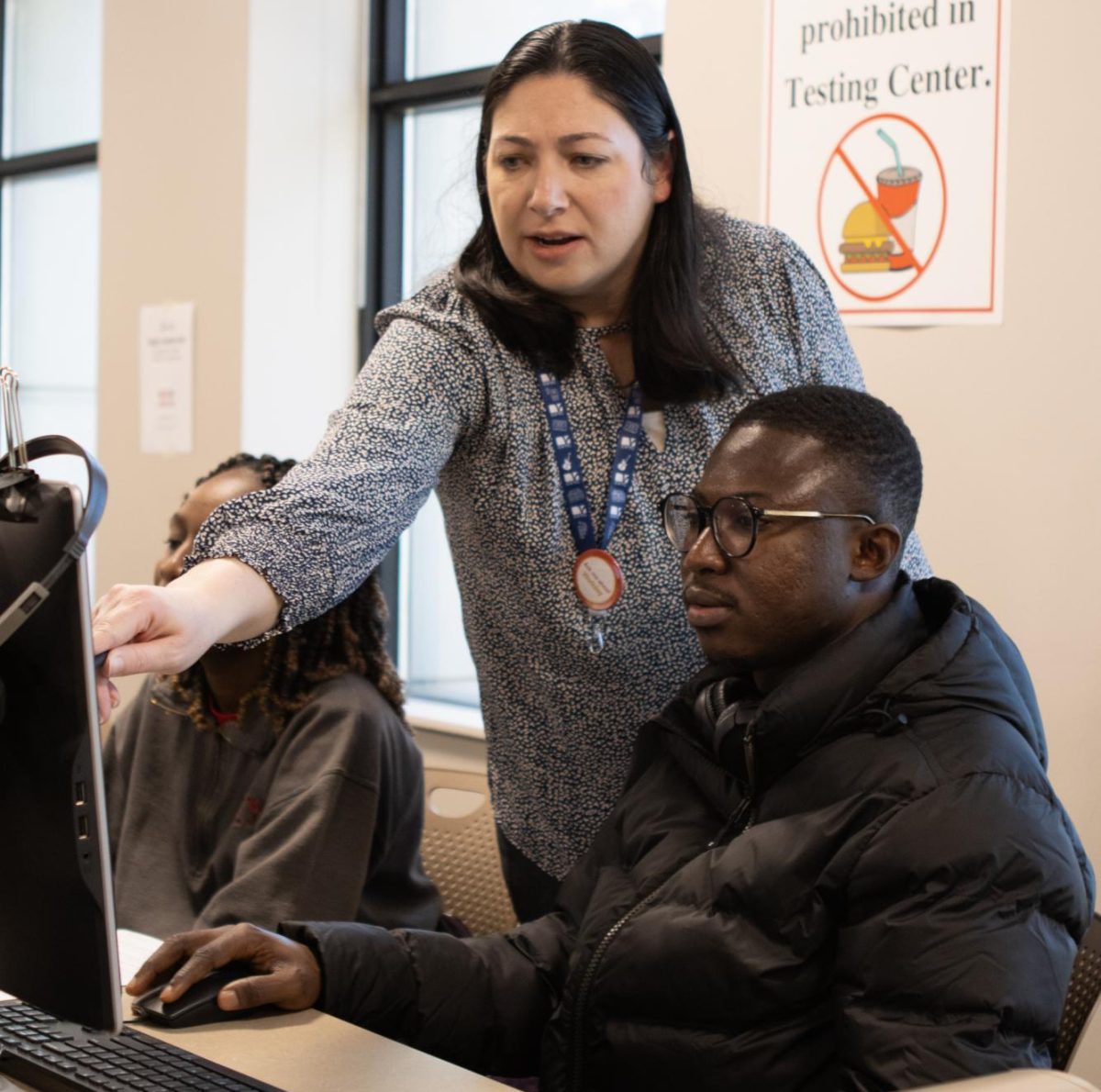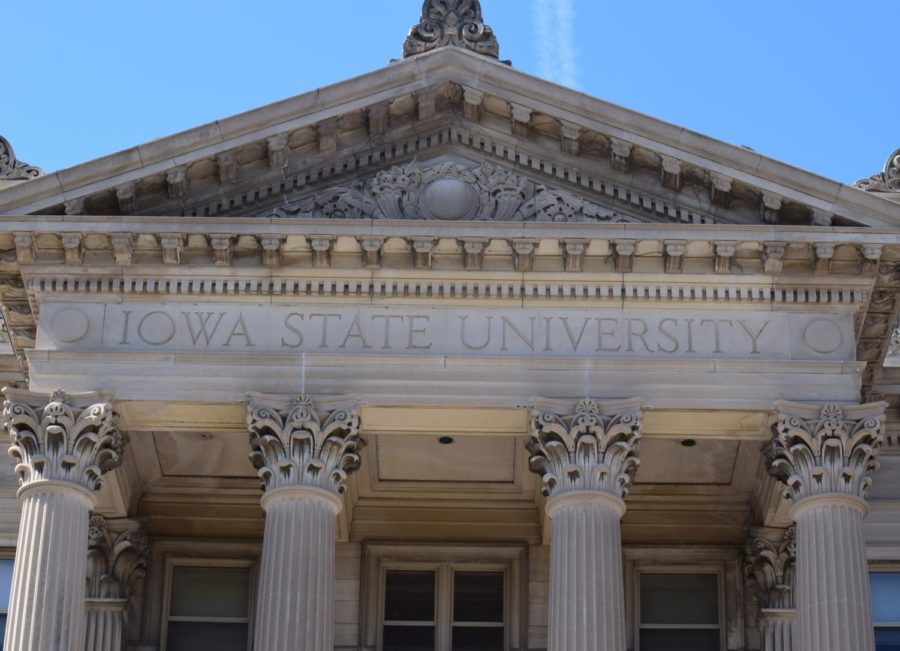Artificial intelligence has been debated at the college level for nearly a year over its ethical concerns, and whether the technology should be trusted. But Iowa State faculty and staff have found a unique way to showcase AI’s abilities – by detecting lameness in cattle. The new technology would allow cattle owners to track potential problems more efficiently and could attract investors who want to put it in the hands of ranchers across the country.
Santosh Pandey, an Iowa State professor with a background in engineering and electronics, has been working to develop a tool to help farmers detect lame cows for quite some time.
“We have been brainstorming for, I would say, over two years trying different approaches,” he said. “We worked on a U.S. Department of Agriculture grant for it.”
Pandey said the process started on May 1, and since then a patent application with the university has been filed. Pandey said patenting the technology will set the stage for potential investors in the future.
“We have possible investors who are interested in the technology,” Pandey said. “So our goal right now is to make it good enough that we can give it in the hands of some farm owners so they can try.”
Cattle lameness is often visually detected, Jan Shearer, a professor in veterinary sciences, said. However, he said many injuries that may only be minor or moderate may go unnoticed because of how subtle it can be, which can eventually cost a farmer hundreds to thousands of dollars.
Pandey’s model has gone through different phases in the development stage and is currently in the prototype stage.
“So in the training phase, we actually label a lot of cow videos,” Pandey said. “And we teach the model to recognize that, okay, this is the foot, this is the ankle, this is the shoulder, this is the back, and we show it through many, many images.”
Next, Pandey said his model plots the positional coordinates of the body parts and outputs the information into an Excel spreadsheet, and can go from there. Unlike many other technologies, the tool would only require a device like an iPhone.
Yunsoo Park, an electrical and computer engineering graduate student, has been working on the project for over a year, and said one of the biggest challenges is having enough data. Park said that any AI project is based on the data, and analyzing that data can take time.
“Roughly I’ve watched 100 videos of the walking cows and each video is five minutes,” Park said. However, he said watching, analyzing and labeling each body part takes closer to 40 minutes each time.
Cattle lameness can manifest in various ways, from a slight limp to a bacterial infection, Pandey noted, but both Pandey and Shearer said early detection is of great importance.
“Herds are very large today, so it is quite difficult to see every animal that may have mild gate disorder or a slight degree of lameness,” Shearer said. “So a system such as the one Dr. Pandey has developed and is working on is very, very helpful for early detection, which will help us get to these conditions sooner so we can have a better outcome for the treatment and we can reduce the amount of time these animals need to suffer.”
Shearer underscored the significance of the tool highlighting Iowa State’s multidisciplinary efforts.
“It’s a good example of multidisciplinary work, where the expertise of Dr. Pandey and his laboratory, graduate students, bring to this, helps us do things that we probably wouldn’t be able to do otherwise of veterinarians,” Shearer said.
Working collaboratively with one another is also an example of how much researchers can accomplish goals together, Shearer said.
“Dr. Pandey sees things that we don’t, and we see things that maybe he wouldn’t, and so that is just an ideal setup when you can put those kinds of bits of expertise together, we can make the most of it,” he said.

















Madison | Nov 2, 2023 at 8:22 am
As someone who works in animal behavior with feed lot cattle I’m very curious about this. Camera quality is often a big issue, where the resolution isn’t high enough to see the details you need to be confident in a behavior. Unless there’s super high quality cameras, I’m not sure that AI would be able to pick up on subtle things like small injuries unless the cattle are super up close to the cameras?